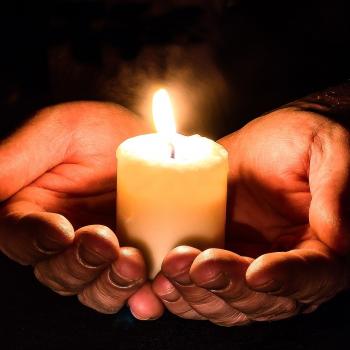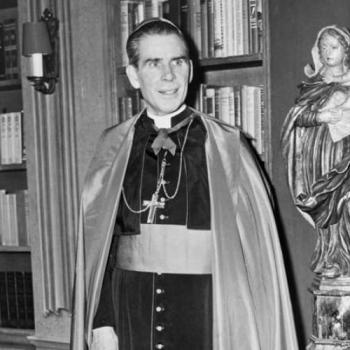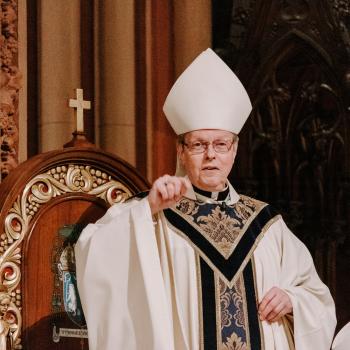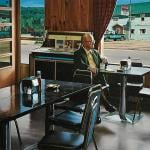And the branches are harder to discern. Below, cousins who are also, biologically, half-siblings.
The New York Times looks at some strange and disturbing trends:
Laura Ashmore and Jennifer Williams are sisters. After that, their relationship becomes more complex.
When Ms. Ashmore and her husband, Lee, learned a few years ago that they could not conceive a child, Ms. Williams stepped in and offered to become pregnant with a donor’s sperm on behalf of the couple, and give birth to the child. The baby, Mallory, was born in September 2007 and adopted by Ms. Ashmore and her husband.
Then the sisters began to ponder: where would the little girl sit on the family tree?
“For medical purposes I am her mother,” Ms. Williams said. “But I am also her aunt.”
Many families are grappling with similar questions as a family tree today is beginning to look more like a tangled forest. Genealogists have long defined familial relations along bloodlines or marriage. But as the composition of families changes, so too has the notion of who gets a branch on the family tree.
Some families now organize their family tree into two separate histories: genetic and emotional. Some schools, where charting family history has traditionally been a classroom project, are now skipping the exercise altogether.
Adriana Murphy, a seventh-grade social studies teacher at the Green Acres School in Rockville, Md., said she asked students to write a story about an aspect of their family history instead. At Riverdale Country School in the Bronx, KC Cohen, a counselor, said the family tree had been mostly relegated to foreign language class, where students can practice saying “brother” or “sister” in French and Spanish.
“You have to be ready to have that conversation about surrogates, sperm donors and same-sex parents if you are going to teach the family tree in the classroom,” Ms. Cohen said.
For the last six years, according to United States census data, there have been more unmarried households than married ones. And more same-sex couples are having children using surrogates or sperm donors or by adoption. The California Cryobank, one of the nation’s largest sperm banks, said that about one-third of its clients in 2009 were lesbian couples, compared with 7 percent a decade earlier. Even birth certificate reporting is catching up. New questions are being phased in nationally on the standard birth certificate questionnaire about whether, and what type of, reproductive technology was used, according to the National Center for Health Statistics, part of the Centers for Disease Control and Prevention.












